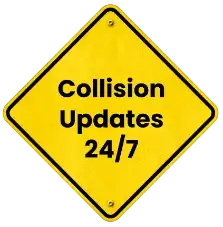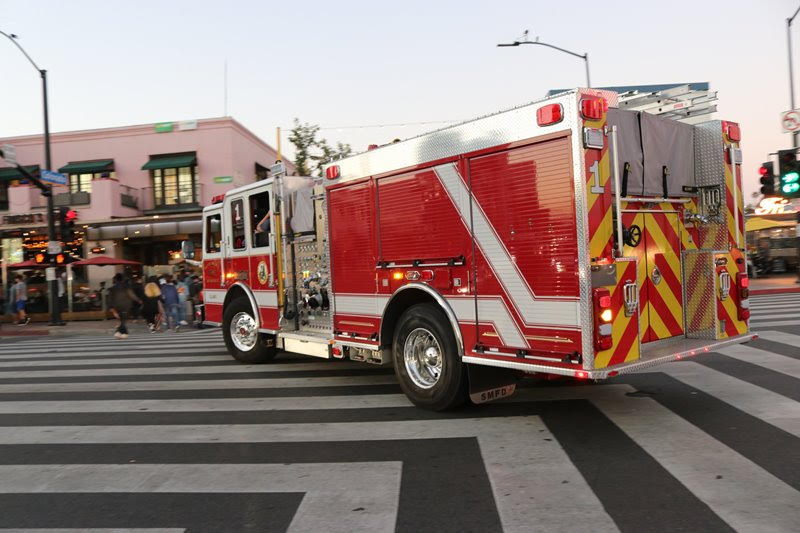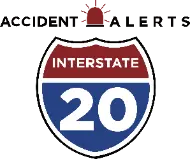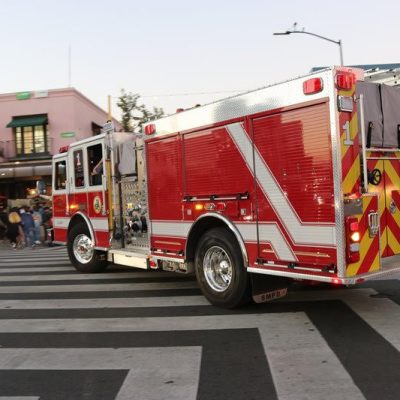
Emergency Response on I-20 Accidents


Running more than 1,530 miles from West Texas to South Carolina, Interstate 20 is a critical highway. Each day, tens of thousands of vehicles travel its lanes. But when accidents happen, particularly in rural stretches, the difference between life and death often depends on one factor: response time.
The speed, coordination, and resources of emergency medical services (EMS) along I-20 play a decisive role in survival rates. By examining how responders operate, what slows them down, and how agencies are improving efficiency, we can better understand how I-20 emergency response teams save lives after highway crashes.
The Challenge of Geography 
The I-20 corridor cuts across vast and diverse terrain—urban centers like Dallas–Fort Worth and Atlanta, as well as sparsely populated areas of Mississippi, Alabama, and West Texas.
In metropolitan sections, response times can average under ten minutes when accidents occur near major cities. However, in rural regions, the nearest ambulance or trauma facility may be 20–40 miles away. According to the National Highway Traffic Safety Administration (NHTSA), in rural areas, about 13,500 people die before ever being taken to a hospital, versus 6,500 in urban areas, illustrating a disparity in prehospital deaths.
For EMS crashes on I-20, coordination across jurisdictions becomes critical. Different counties and states may have varying communication systems or dispatch protocols, adding valuable minutes to the accident help time.
Response Sequence: From 911 Call to Hospital Arrival
When an I-20 crash occurs, emergency response follows a standardized chain of actions.
- Dispatch and Coordination: Calls are routed through 911 centers that immediately contact EMS, state patrol, and fire units.
- First Responder Arrival: State troopers or local law enforcement often arrive first to secure the scene, block traffic, and assess the number of vehicles and injuries.
- EMS and Fire Response: Paramedics and firefighters manage extrications, triage patients, and begin stabilization.
- Hospital Transport and Handoff: Victims are transferred to trauma centers, where doctors continue life-saving interventions.
Each step is time-sensitive. The “golden hour” principle in trauma care suggests that receiving definitive medical treatment within 60 minutes of injury dramatically improves survival odds. Yet, on many rural I-20 sections, meeting that window remains a challenge.
Urban vs. Rural Response Times
Response times on I-20 vary significantly between states and even counties. In urban areas such as Atlanta, Birmingham, and Dallas, the average EMS response time is typically under eight minutes.
In rural regions, including the sparsely populated stretches of Louisiana, Mississippi, and Texas, EMS arrival may take 15 to 25 minutes or longer.
A Federal Highway Administration (FHWA) report notes that EMS response times in rural areas are 1.6 to 2 times longer than in urban areas.
Common Obstacles for Responders on I-20
Even well-trained EMS and fire crews face consistent challenges on this major interstate.
First, traffic congestion can slow response vehicles in metropolitan areas. In contrast, rural responders may struggle with unclear locations—many callers can’t describe exact mile markers, leading to dispatch confusion.
Second, extreme weather along the I-20 corridor complicates operations, reducing visibility and delaying both ground and air medical units.
Third, hazardous materials incidents require specialized response. Coordination with hazmat teams adds time but ensures safety for rescuers and survivors alike.
Technology and Communication Improvements
Modern technology has transformed the efficiency of I-20 emergency response. Integrated computer-aided dispatch (CAD) systems, shared radio frequencies, and real-time GPS tracking allow multi-agency collaboration across state lines.
In some regions, drones are now deployed for aerial crash assessments, giving responders a faster overview of scene size and victim locations.
Telemedicine is another emerging tool. Paramedics can consult remotely with trauma surgeons during transport, allowing treatment decisions before arrival. These technologies shorten accident help time, especially when every minute counts.
Coordination Between States and Agencies
Because I-20 crosses six states, interstate cooperation is crucial. Regional mutual-aid agreements allow EMS agencies to respond beyond their jurisdiction during large-scale incidents.
The I-20 corridor is also part of the national “Traffic Incident Management” (TIM) network. This initiative trains first responders in quick clearance techniques that balance rescue priorities with reopening travel lanes safely.
Funding and Training Gaps
Despite these advances, disparities persist. Rural EMS agencies often rely on volunteers and limited budgets. According to the National Association of State EMS Officials, over 50% of rural EMS agencies report difficulty maintaining 24-hour coverage, primarily due to staffing shortages and inadequate funding.
Training consistency also varies. While major metro departments conduct regular simulations and joint exercises, smaller agencies may lack access to large-scale drills.
The Role of Air Medical Services
For severe injuries in remote sections, air medical evacuation can be a game-changer. Helicopter EMS (HEMS) units reduce transport time dramatically—sometimes cutting a one-hour drive to 15 minutes. However, these flights are expensive and limited by weather and daylight conditions.
Coordination between dispatchers, ground units, and trauma centers determines when air transport is justified. Still, factors like fog, low visibility, or restricted landing zones can delay these missions.
Improving the Golden Hour on I-20
Every minute after a crash matters. To improve survival rates, agencies along I-20 continue to focus on faster detection, quicker dispatch, and better inter-agency coordination.
Ongoing initiatives include:
- Expanding rural trauma networks with more strategically located EMS stations.
- Increasing real-time data sharing between 911 centers and hospitals.
- Implementing connected vehicle technology to automatically alert nearby drivers of lane closures.
- Securing federal grants for training, communications infrastructure, and advanced equipment.
These measures aim to shrink the critical gap between injury and treatment—the accident help time that often determines outcomes on America’s highways.
Contact an I-20 Accident Lawyer
When seconds count, emergency responders do everything possible to save lives after a crash. But survivors often face long recoveries, medical bills, and questions about liability once the sirens fade.
If you or a loved one has been injured in an accident on I-20, we can put you in touch with an experienced I-20 personal injury lawyer who can help investigate the crash, review response documentation, and secure fair compensation. Legal professionals familiar with highway safety and EMS protocols understand how delays, coordination failures, or negligent driving contribute to injury severity.

